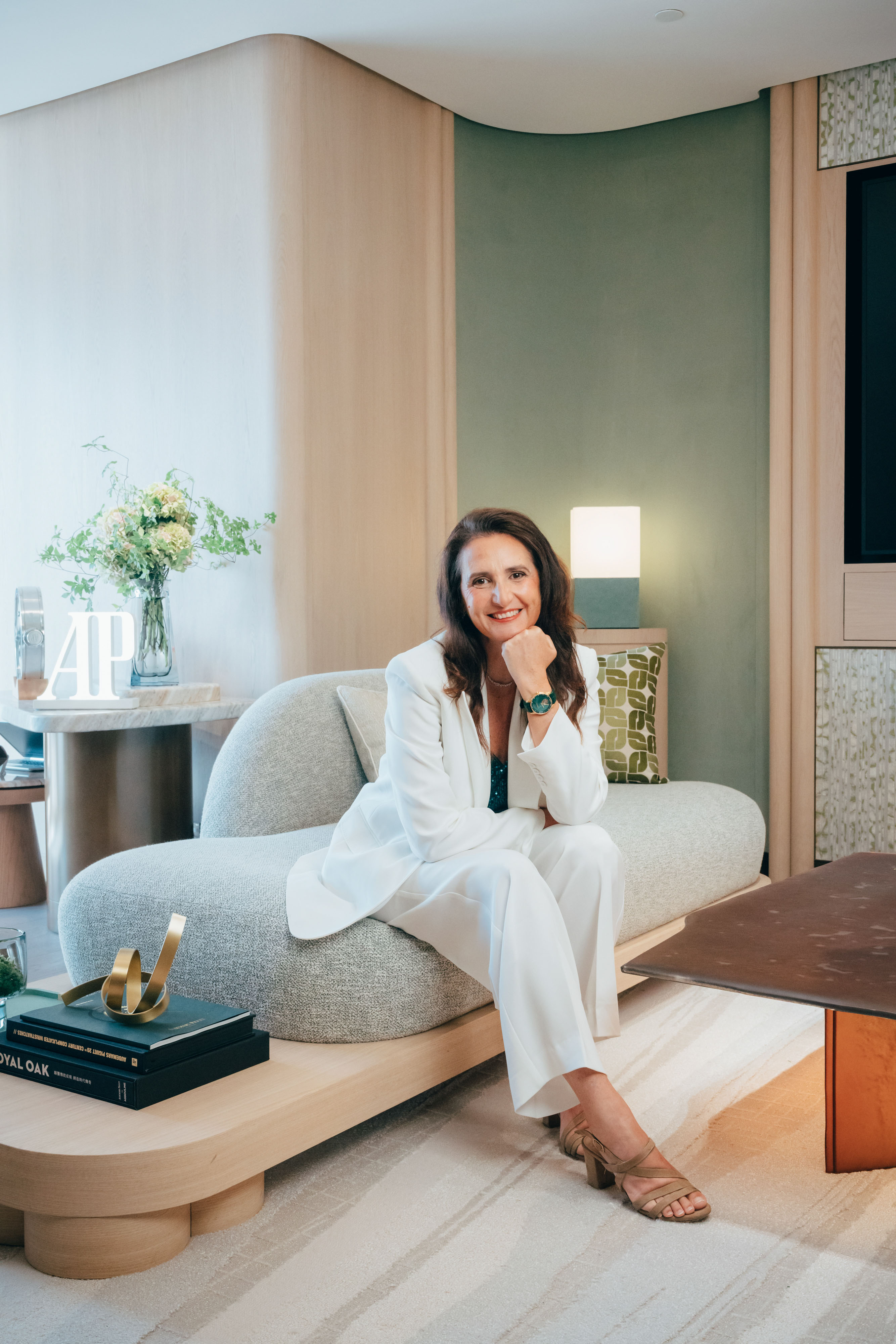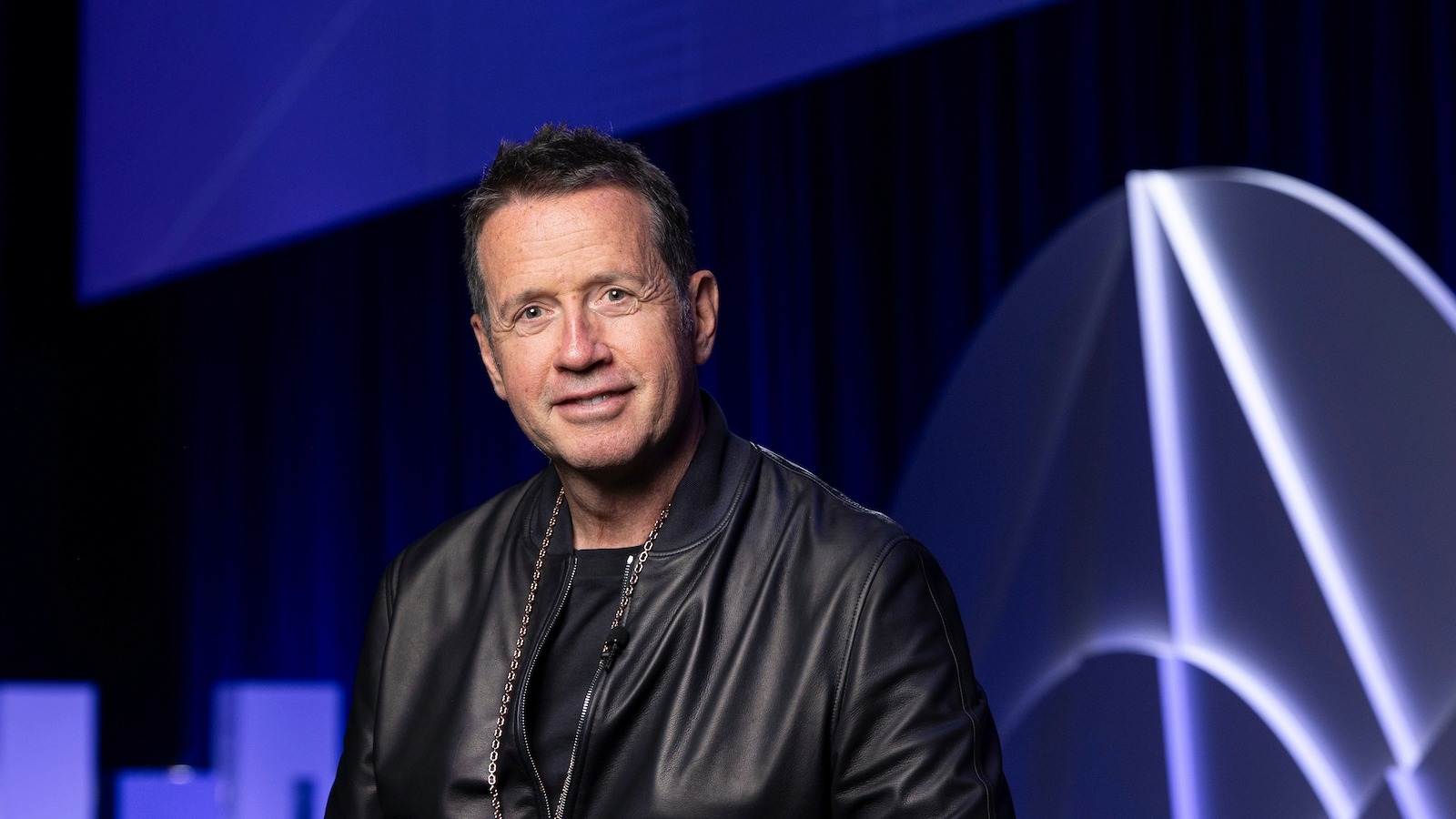How do luxury watch CEO’s really feel about the so-called slowdown in China? Will we be seeing more complicated watches for women? And what about eCommerce?

How do luxury watch CEO’s really feel about the so-called slowdown in China? Will we be seeing more complicated watches for women? And what about eCommerce?
How do luxury watch CEO’s really feel about the so-called slowdown in China? Will we be seeing more complicated watches for women? And what about eCommerce?
As Baselworld 2014 opened to literally thousands of visitors, we were lucky enough to interview a handful of the industry’s most influential CEO’s, to discuss not only their newest products but also their thoughts on Swiss watchmaking in the future.
As we interviewed these executives, all in command of various independent and conglomerate owned brands, across all kinds of price positions and segments, it was interesting to note the below key similarities. We look forward to sharing the full interview with each Luxury Leader in the coming weeks, but hope you will enjoy the below summary based on our discussions.
“ Locals largely fuel revenue in the U.S. market ”
The U.S. Is Performing The Strongest
When quizzed about the best performing markets for timepieces, the unanimous answer was the United States. Small percentage growth is being experienced in Europe, but most executives admitted this was largely buoyed by visiting tourists, taking advantage of tax-free shopping and wider product ranges.
The U.S. market however, is largely fuelled by locals and remains the largest revenue engine for luxury watch brands. Not only is growth in the region some of the strongest in terms of percentage, it is also thought to be some of the more sustainable by CEO’s.
“ Women are not yet ready to wear complicated mechanical watches ”
Women Still Like Pretty Things
Despite talks of a rising interest in complicated women’s watches, when CEO’s spoke about products and sales, the successful offerings for females were unmistakably feminine; dials in mother-of-pearl, diamonds or precious stones, perhaps a bracelet in 24K gold.
But the overwhelming position was that women are not yet ready to wear complicated mechanical watches and that at the end of the day, they are still valuing aesthetics over function or technology when it comes to purchase.

Baselworld 2014
Emerging Markets Are Just Emerging
CEO’s believe in the potential of ‘emerging’ markets such as Brazil and India, but most are not ready to put their money where their mouth is so to speak. A lack of infrastructure, complicated customs processes, high import duties and local FDI legislation were all cited as barriers to entry they were not yet ready to face.
In the case of most brands, they are already successfully courting wealthy Brazilian and Indian consumers in global destinations such as London, New York, Paris or Geneva. But these consumer groups are still relatively small, with much room to grow.
“ Most brands are already courting Brazilian & Indian consumers in global destinations ”
eCommerce Can Wait
Most people would assume that luxury watch brands aren’t retailing online, because the product has to be seen to be believed and explained by a professional to be fully understood, which was not the case for CEO’s.
Many believe in the promise and power of eCommerce for the future, but for the moment they are wary of cannibalizing existing business and destroying relationships with key distributors and retailers that have helped build their now global brands.
At the highest end, brands also want to be able to control who is purchasing their product, to ensure it doesn’t end up in the wrong hands, who might then try and on-sell pieces on the black market.
“ Executives remain confident that more wealth will be created in China ”
China Is Still A Priority
As much as growth percentages are slowing down in China, the majority of CEO’s were still completely convinced of its further potential for the watchmaking segment. They were also quick to remind us that whilst growth may be slowing, revenues in the region are still significant.
There are concerns about the anti-corruption crackdown and the impact this will have on sales in the immediate future. But at the same time, executives remain confident that more wealth will be created in China in tandem with an increasing knowledge of, and thirst for, Swiss watches.

Baselworld 2014
Perceived Value Is Real
It would appear that the expectations set on the fashion high-street are having a knock-on effect in the luxury timepiece sector. As fast fashion brands pump out ‘interpretations’ of runway pieces each season, consumers no longer have to pay big bucks for the ‘luxury aesthetic’.
In the timepiece sector, aspirational consumers are apparently now seeking out products that ‘look expensive’ at an accommodating price. And many luxury brands are obliging, creating classic and timeless pieces using entry-level materials, to try and hook the so-called customer of the future.
For more in our series of conversations with Luxury Leaders, please see interviews with leading timepiece executives below:
– In Conversation With Michele Sofisti, CEO, Sowind Group
– In Conversation With Maximilian Büsser, Founder, MB&F;
– In Conversation With Marc A. Hayek, Swatch Group










